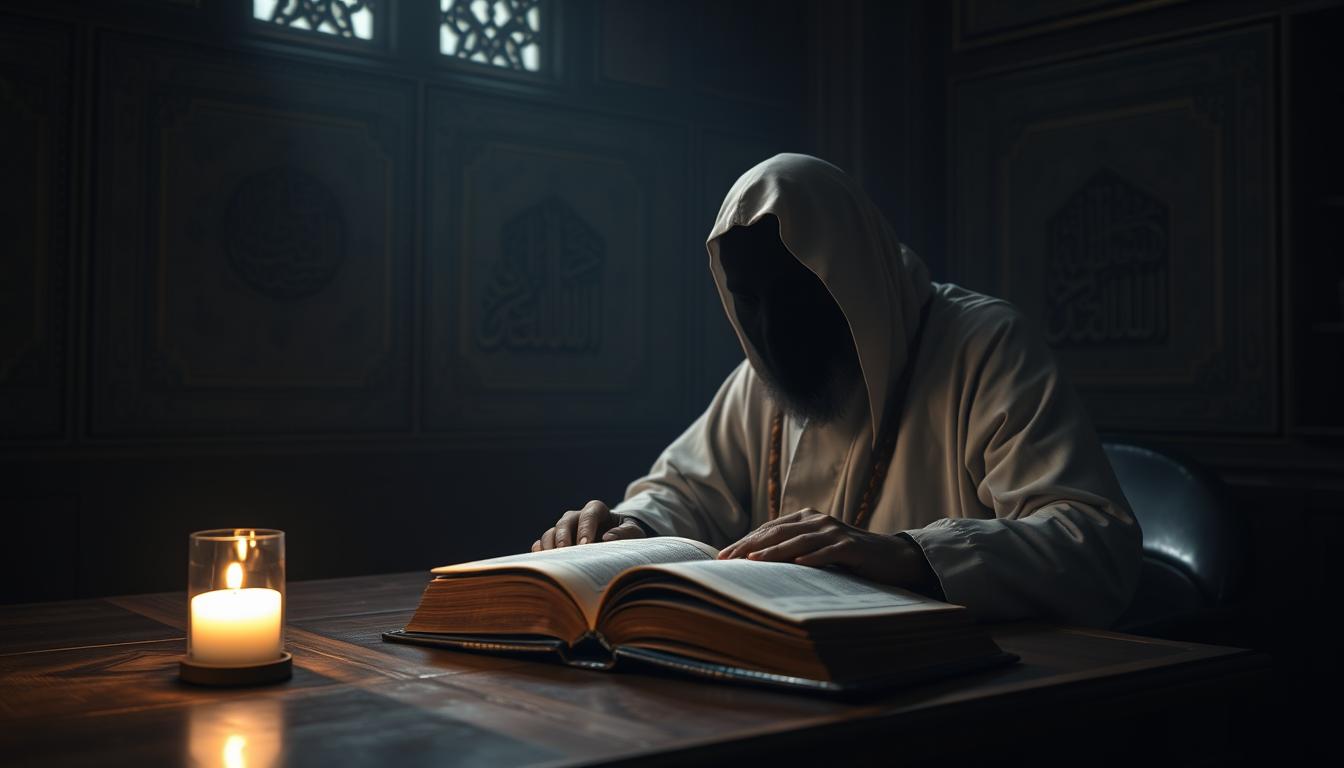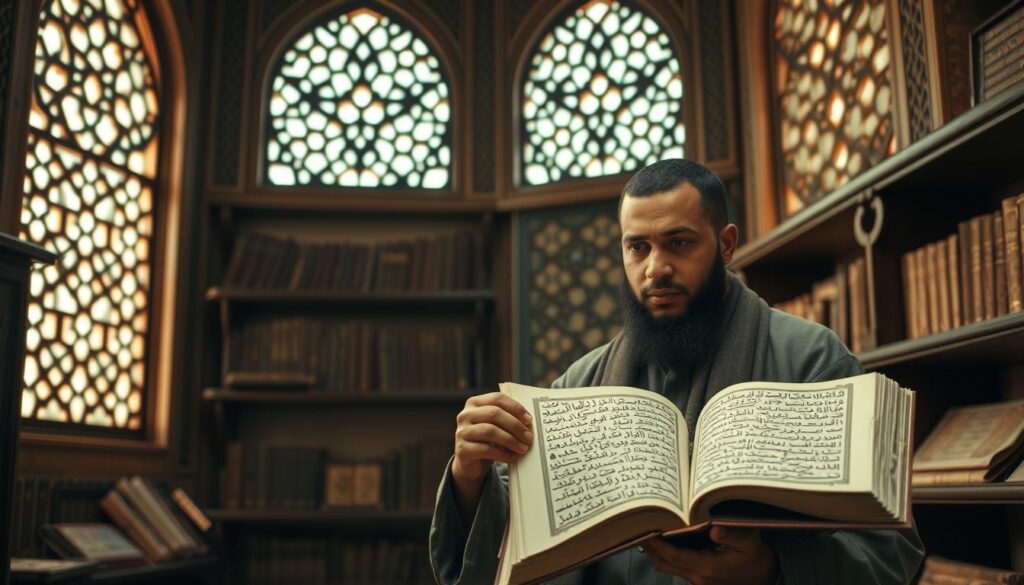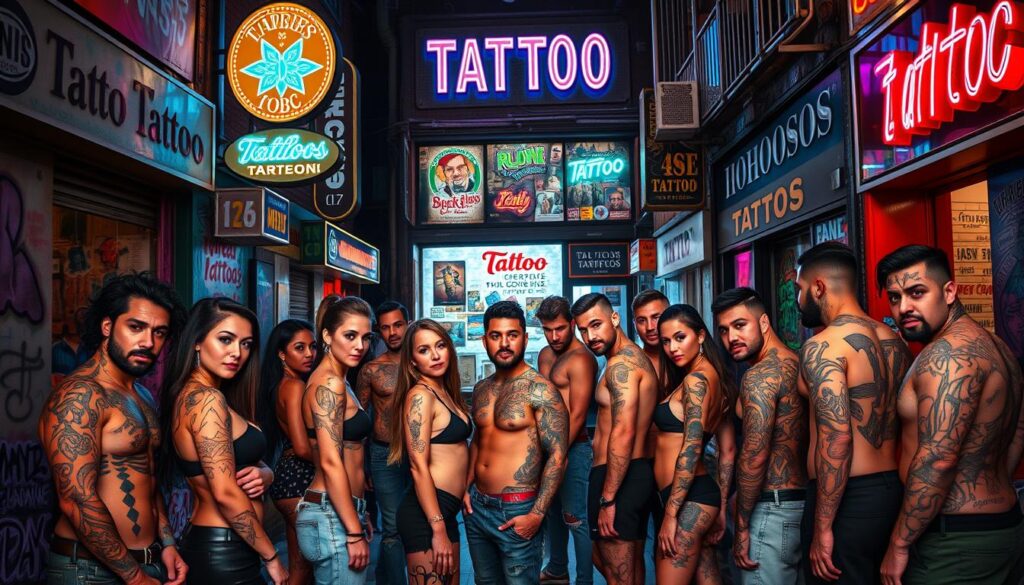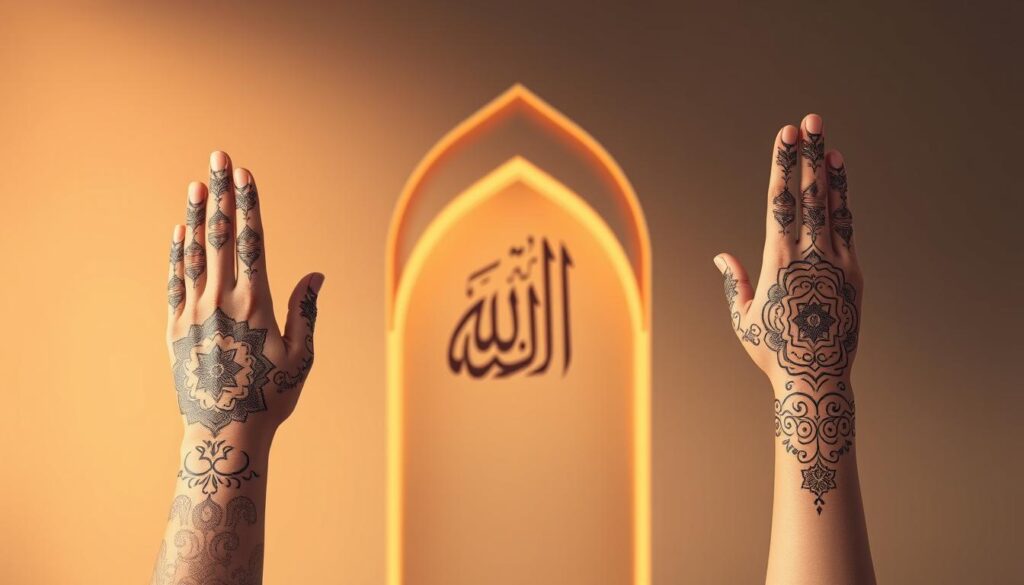
Does your faith permit self-expression through body art? This exact dilemma weighs on countless Muslims navigating modern life while honoring tradition. As ink gains popularity worldwide, many wonder where Islamic teachings stand on this permanent form of adornment.
Religious leaders have debated this topic for years, with opinions ranging from strict prohibitions to conditional acceptance. Some emphasize preserving the body’s natural state, while others consider intent and cultural context. The clash between evolving social norms and timeless principles creates confusion—but clarity exists.
You’ll explore authentic sources, from Quranic verses to scholarly interpretations, that address body modification. Discover how different schools of thought approach permanent markings and why personal circumstances might influence rulings. This guide bridges ancient wisdom with today’s realities, empowering you to align choices with faith.
Key Takeaways
- Islamic rulings on body art involve diverse scholarly interpretations
- Cultural shifts impact how religious guidelines are applied today
- Intent and necessity play crucial roles in ethical decisions
- Historical context helps explain modern disagreements
- Personal research strengthens faith-based choices
Islamic Teachings and Modern Perspectives on Tattoos

Body art has surged in popularity, but where does it stand in Islamic teachings? Let’s explore how centuries-old principles intersect with today’s cultural shifts.
Historical Roots in Sacred Texts
Authentic Hadith collections provide clear guidance. The Prophet Muhammad (ﷺ) stated:
“Allah has cursed those who do tattoos and those for whom tattoos are done.”
This strong language appears in multiple narrations, linking permanent markings to divine disapproval.
Scriptural Foundations
While the Quran doesn’t directly mention tattooing, Surah An-Nisa (4:119) warns against altering creation. Scholars connect this verse to body modifications that permanently change one’s natural form. Traditional interpretations view skin markings as violating the body’s sacred trust.
Changing Creation Debate
Modern discussions often focus on intent. Temporary henna art gets more leniency compared to permanent ink. Consider this comparison:
| Aspect | Traditional View | Contemporary Questions |
|---|---|---|
| Primary Sources | Hadith & Scholarly Consensus | Medical Necessity Exceptions |
| Key Concern | Altering Divine Design | Cultural Acceptance |
| Time Factor | Permanent Changes Forbidden | Temporary Alternatives |
Many jurists maintain the original prohibition after fourteen hundred years. However, some younger scholars examine cultural contexts while still upholding core principles.
Are Tattoos Haram? Clarifying the Islamic Ruling

Permanent body art creates unique challenges for faithful Muslims seeking clarity. Let’s examine sacred sources and expert interpretations that shape this conversation.
Key Hadith and Scholarly Insights
Authentic Islamic texts leave little room for ambiguity. The Prophet Muhammad (ﷺ) clearly stated:
“Allah curses those who apply tattoos and those who receive them.”
This strong condemnation forms the foundation of traditional rulings. Most jurists agree the prohibition applies whether the process causes discomfort or not. The act itself—piercing the dermis to implant pigments—violates the body’s sanctity.
Modern experts highlight two primary concerns:
- Divine Design: Permanent ink alters Allah’s creation
- Deception Risk: Artificial enhancement misrepresents natural appearance
Contemporary discussions explore temporary alternatives. Henna art fades naturally within weeks, aligning better with Islamic principles. Permanent markings, however, remain contentious across all major schools of thought.
Both artists and clients share responsibility according to sacred texts. Designs containing religious symbols or personal meaning don’t exempt anyone from the ruling. Your personal intentions matter less than the physical transformation itself.
Many choose henna for celebrations instead of lasting ink. This approach honors tradition while allowing creative expression. Understanding these distinctions helps maintain faith commitments in modern contexts.
Cultural and Social Considerations: Tattoos in Contemporary Society

Modern culture celebrates self-expression through body art like never before. Creative ink now appears across generations, from grandparents commemorating milestones to teens exploring identity. This shift challenges traditional views while opening new conversations about personal faith.
The Rise of Tattoo Art in Modern Culture
Body markings evolved from counterculture symbols to celebrated artistry. Galleries showcase tattoo designs alongside paintings, while social media turns artists into influencers. Consider how perceptions changed:
| Era | Perception | Primary Purpose | Social Acceptance |
|---|---|---|---|
| 20+ Years Ago | Rebellious Statement | Group Affiliation | Limited |
| Today | Personal Narrative | Self-Expression | Widespread |
Skilled creators blend techniques from Japanese irezumi to digital design. Their work transforms skin into living canvases that tell stories through color and symbolism.
Diverse Perspectives and Social Implications
While many embrace this trend, faith communities approach it differently. Jewish teachings reference Levitical laws, while some Christians cite bodily temples. Your Muslim identity adds layers to this conversation.
Public spaces and workplaces now display more visible ink than ever. Colleagues might share meaningful designs during coffee breaks. Friends could encourage joining group tattoo sessions. These moments test convictions against cultural norms.
Balancing personal beliefs with societal shifts requires thoughtful reflection. Exploring why traditions matter helps strengthen decisions aligned with faith values.
Practical Guidance for Men and Women: Navigating Tattoo Practices

Making faith-aligned choices about body art requires understanding practical guidelines tailored to gender-specific rulings. Let’s explore how different principles apply while maintaining spiritual integrity.
Male-Specific Considerations
Some Shi’a scholars permit designs if they follow strict conditions. Avoid sacred names like Allah or references to religious figures. Your chosen pattern shouldn’t imitate styles typically associated with feminine expression.
Temporary henna offers a middle ground. Men can decorate their hands with botanical motifs or geometric shapes—provided they steer clear of Quranic text. Keep designs simple and culturally neutral to respect traditional grooming norms.
Female Modesty Standards
Placement becomes critical for women. Permanent markings must stay hidden under clothing at all times—think upper back or abdomen areas. Even during application, ensure privacy from non-family males to uphold modesty requirements.
Eyebrow enhancements spark debate. While permissible if pigment-free of holy words, many scholars urge caution. Laser removal remains preferable for existing designs that conflict with faith principles.
| Consideration | For Men | For Women |
|---|---|---|
| Visibility Rules | Less restrictive | Full coverage required |
| Temporary Options | Non-feminine henna | Hidden placements only |
| Sacred Content | Absolute prohibition | Absolute prohibition |
Remember: Permanent changes carry lifelong consequences. Consult knowledgeable scholars before deciding—your body deserves informed care aligned with divine wisdom.
Conclusion
Navigating personal choices within faith traditions requires careful thought. Islamic perspectives on body art reveal diverse scholarly interpretations shaped by centuries of study. While some jurists reference specific verses about divine creation, others emphasize cultural context in their rulings.
Sunni traditions often cite strong evidence against permanent markings. Meanwhile, certain Shi’a scholars view the practice as discouraged rather than forbidden. These differences stem from how experts analyze sacred texts and apply reasoning.
Your decision might involve weighing spiritual reputation against self-expression. Many scholars advise considering social views—visible body art could affect how others perceive your commitment to faith values. Temporary alternatives offer creative outlets without lasting changes.
Consulting trusted mentors helps clarify rulings for your situation. Whether exploring tattooing or other forms of expression, align actions with both religious understanding and personal reflection. This balance honors tradition while respecting individual journeys.
Remember: Faithful living embraces thoughtful choices. Your path may differ from others’, but informed decisions rooted in knowledge foster deeper spiritual connections.
